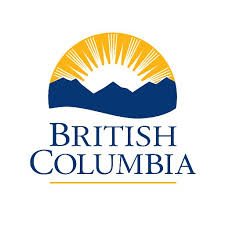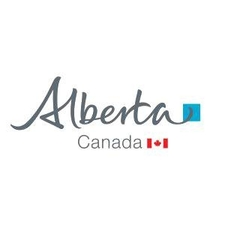water management
Type of resources
Available actions
Topics
Keywords
Contact for the resource
Provided by
Years
Formats
Representation types
Update frequencies
status
Service types
-
The "AAFC Annual Unit Runoff in Canada - 2013" report aims to illustrate runoff trends across the country by calculating annual unit runoff for a variety of probabilities of exceedence commonly used by decision makers. Annual unit runoff is a measure of runoff volume per square kilometre. It includes a point data set for the hydrologic stations that were analyzed and seven sets of linework to show the adjusted isolines for 10%, 25%, 50%, 70%, 75%, 80%, and 90% probability of exceedence. It is an update and expansion of the work completed in the 1994 report "Annual Unit Runoff on the Canadian Prairies". For more information, visit: http://open.canada.ca/data/en/dataset/a905bafc-74b5-4ec5-b5f9-94b2e19815d0
-
The "AAFC Annual Unit Runoff in Canada - 2013" report aims to illustrate runoff trends across the country by calculating annual unit runoff for a variety of probabilities of exceedence commonly used by decision makers. Annual unit runoff is a measure of runoff volume per square kilometre. It includes a point data set for the hydrologic stations that were analyzed and seven sets of linework to show the adjusted isolines for 10%, 25%, 50%, 70%, 75%, 80%, and 90% probability of exceedence. It is an update and expansion of the work completed in the 1994 report "Annual Unit Runoff on the Canadian Prairies". For more information, visit: http://open.canada.ca/data/en/dataset/a905bafc-74b5-4ec5-b5f9-94b2e19815d0
-

Province-wide SDE layer showing licensed water sources (streams and lakes), under the Water Act, (current and historical), not captured (displayed) on TRIM base mapping (or Freshwater Atlas base mapping). Includes an attribute for the internal Source Code number, which is associated with the (E-Licensing) stream name.
-

Province-wide SDE spatial view displaying dam locations. The public view displays a subset of the attribute data
-

Province-wide spatial view showing licensed water sources (streams and lakes), under the Water Act, (current and historical), not captured (displayed) on TRIM base mapping (or Freshwater Atlas base mapping).
-
The Operational Hydrodynamic Prediction System (OHPS) is a 2D hydrodynamic prediction system for the St. Lawrence River and fluvial estuary. It helps to better understand flows impacting the St. Lawrence ecosystem and serves as a decision-making tool for the integrated management of the St-Lawrence. Three components are integrated in OHPS system. The first one "steadysol" conducts daily steady-state flow analyses, 4 times per day at 00Z, 06Z, 12Z and 18Z, respectively, over a simulation domain extending from Montreal to Trois-Rivières. The second and third components, i.e. "analysis" and "forecast", provide continuous analyses and 48-hrs forecasts, respectively, for unsteady flows over an extended St. Lawrence domain of which the upstream boundaries locate in Carillon and Beauharnois while the downstream tidal boundary is near Saint-Joseph-de-la-Rive, respectively, 4 times a day at 00Z, 06Z, 12Z and 18Z. The system provides high-resolution outcomes for various parameters such as water levels, depth-averaged velocities and derived attributes, over the simulated domains. The products are available in the NetCDF format, which provides datasets. The published datasets of "steadysol" is over an irregular triangulated mesh, while the datasets of "analysis" and "forecast" are over a Polar Stereographic grid.
-

These datasets include information on Licences under the Water Act collected by Alberta Environment and Protected Areas, for both active and inactive authorizations for surface water and groundwater diversions under a Licence (defined as a “diversion of water” under the Water Act).
-

Province-wide SDE spatial layer displaying consumptive water licence points of diversion for drinking water systems. In the context of this layer, Drinking Water Systems means two or more water licences for domestic purposes at a single POD; and/or a water licence(s) for any other purpose indicating a water diversion and distribution system supplying water directly to residences and/or buildings for human consumption. This layer is an instantiation of the spatial view WLS_BC_POD_DRINKING_SOURCES_SVW
-

Province-wide SDE layer showing linear works associated with a Water Licence
-

Province-wide SDE spatial layer displaying water points of diversion on licensed springs, joined with licence information. This layer is an instantiation of the spatial view WLS_POD_LICENCE_SOURCES_SVW
 Arctic SDI catalogue
Arctic SDI catalogue